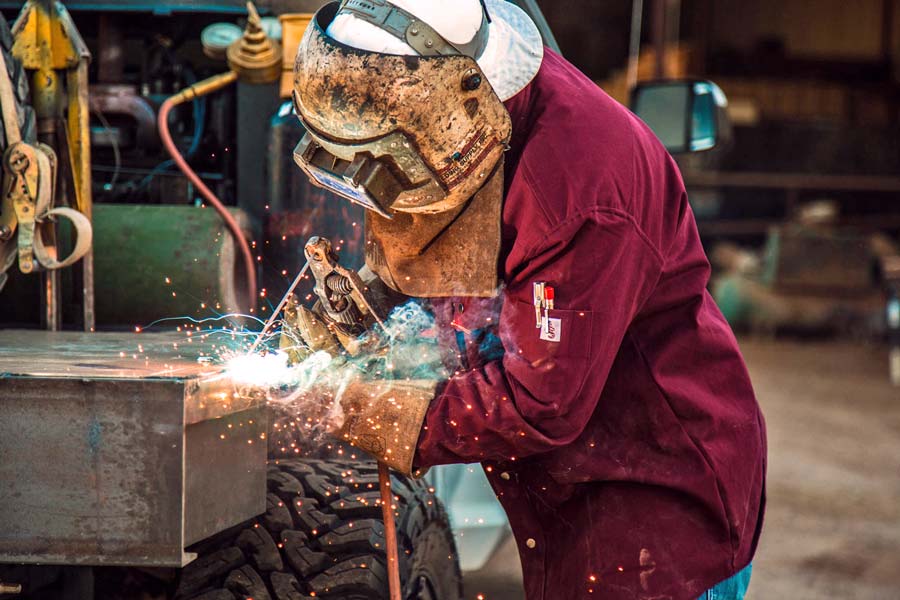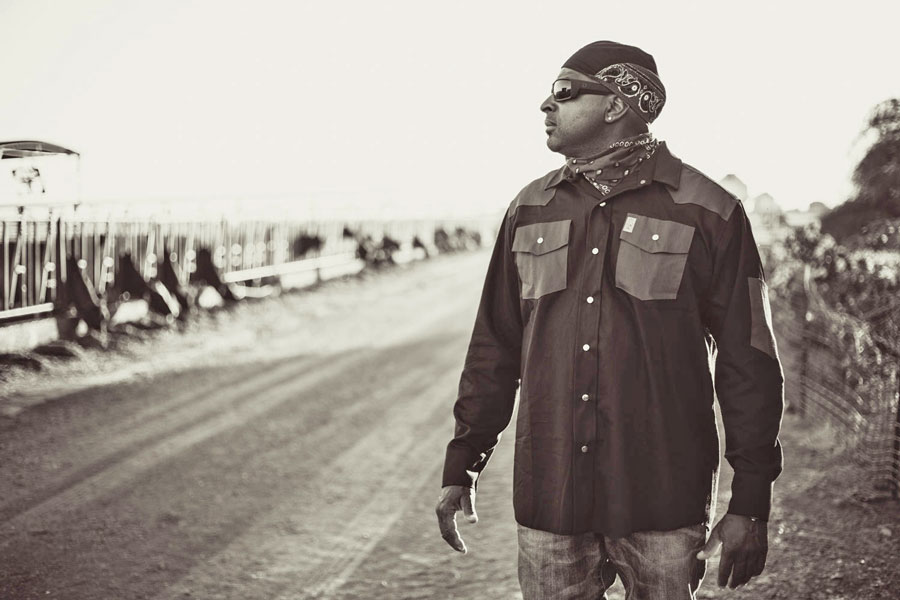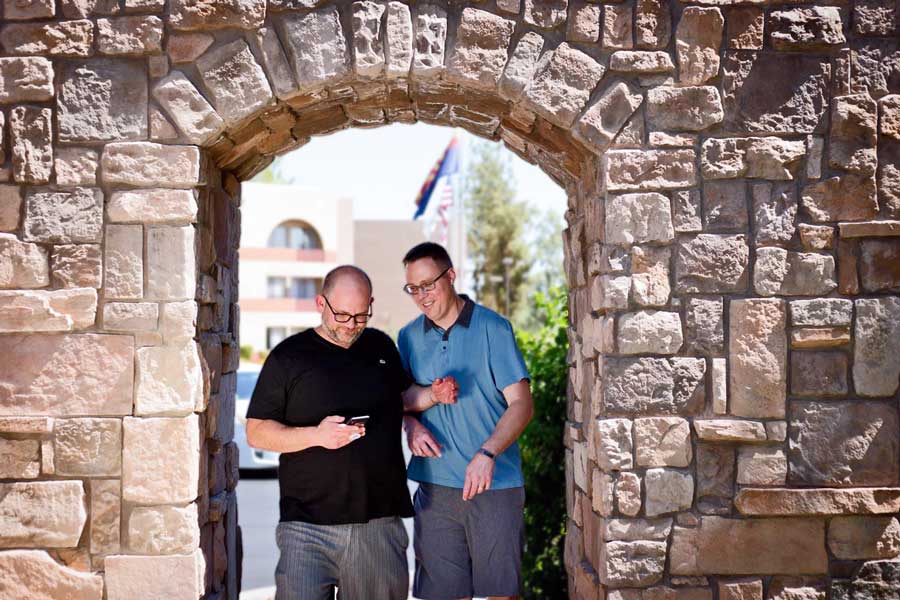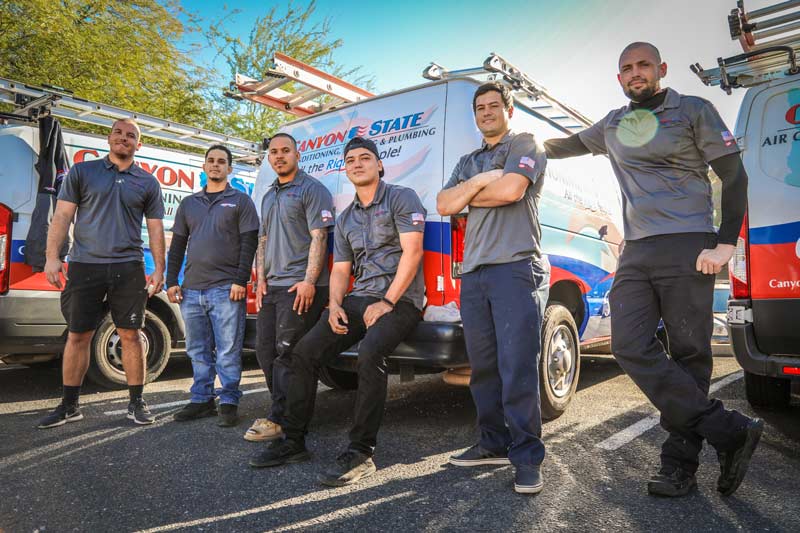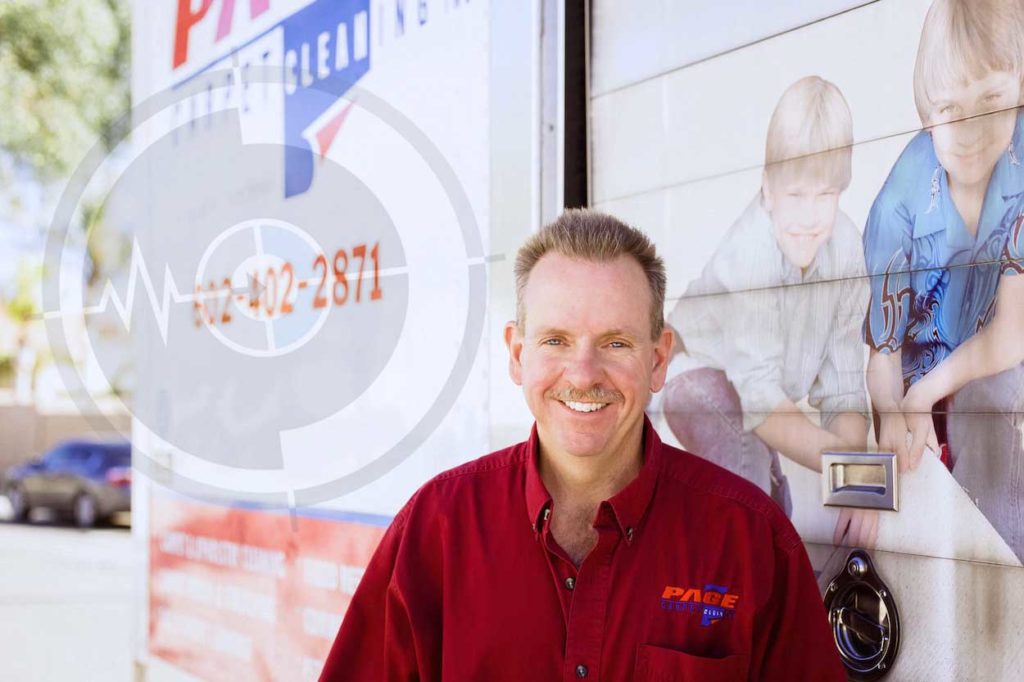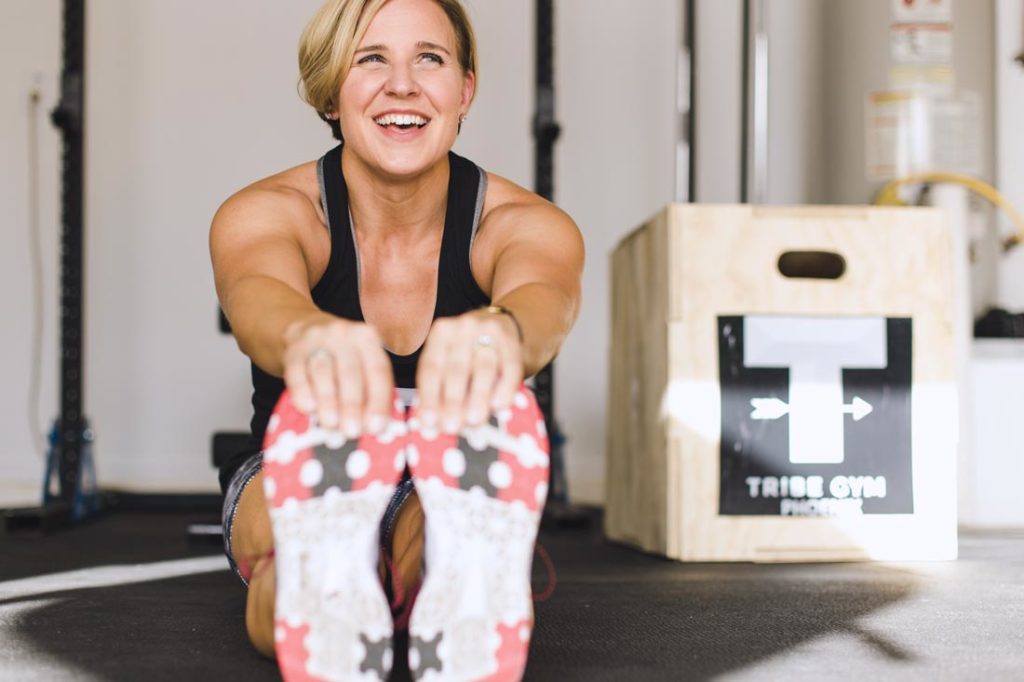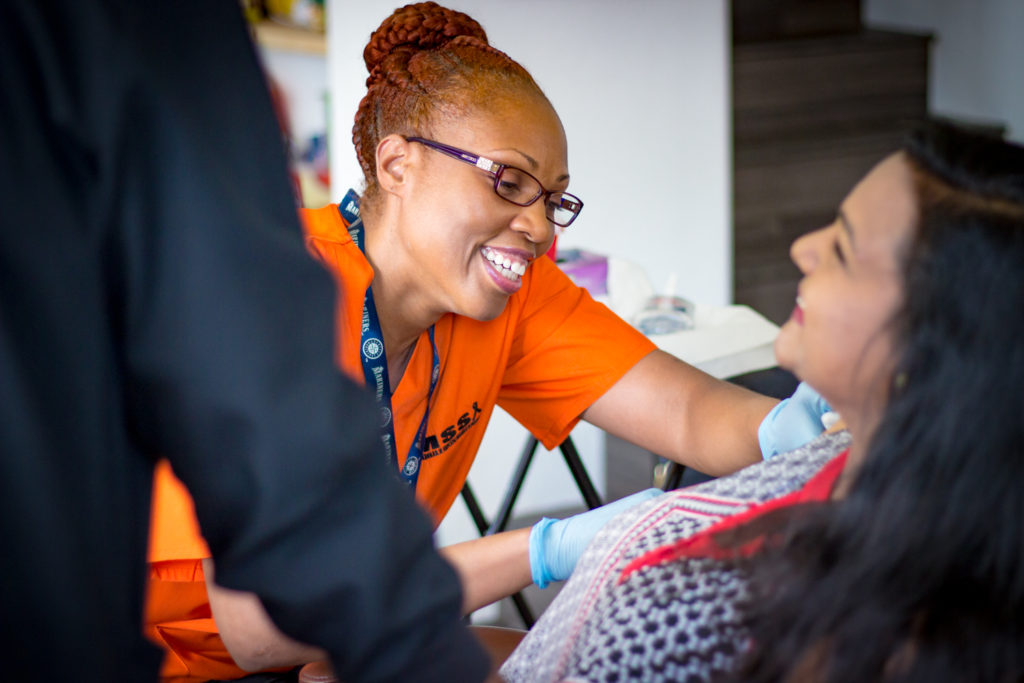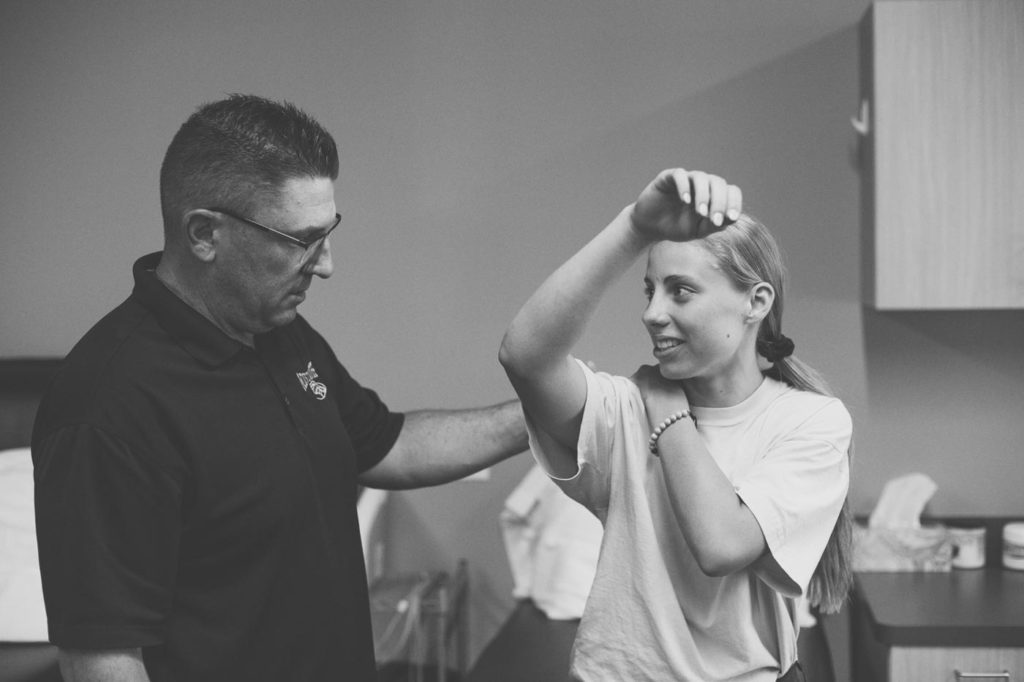No matter what I’m working on, brand identification is always at the forefront of my mind. If you’ve read or watch and of my stuff, it’s hard to ignore my branding prerogatives. So I wanted to start to PreFocus more on content creation in general – video content in particular. Creative direction has always been a passion of mine. It’s a lot of fun blending purpose and value in production projects. Whether I’m filming a talking head or telling a story, the quality of the presentation matters. So I thought I’d have a B-Roll brainstorm session to provide some pointers on visual appeal.
Regarding action footage, there are tons of topics worth covering. But nothing beats an off-the-cuff thought starter. Any business or personal brand can easily improve their video content by capturing purposeful B-Roll footage. So here is a little inspiration and a few ideas on how you can improve your videos to enhance your presentation and overall perception.
1. Using B-Roll for Scene Transitions.
The first thing you want to focus on is your transitions. If you’re going into a new room, entering a building, leaving the scene, changing topics, or simply ending the video – you want to have a quality transition that makes sense. Sometimes, simple B-Roll footage like the twist of a door knob, key turn, wave, drive away or pull in can be enough to keep viewers engaged. Transitional concepts are truly endless.
The sun could be setting, it could be rising. A waterproof camera could submerge into or emerge out of water. A drone take off (in and out) or landing can be extremely captivating. Smoke or steam is also a great way to blend scenes together. One of my favorite transitions is the use of an obstruction. It’s really easy to do when you’re following someone that’s walking and talking or the camera is in motion. If you’re going into a drawer pulling out a prop, nobody wants to see your back or watch you fumble around. Providing a little action helps you entertain and draw viewers in while giving you time to present adequately.
Oftentimes, videography involves a little bit too much action or quick movements that distract the audience. Jumping back and forth from different angles may provide some variation, but it can be nauseating to watch. When you’re all over the place, it detracts from the purpose and intrigue of the content itself. When you really take the time to think about it, sensible, smooth transitions are truly invaluable.
2. Detailing Video Topics with B-Roll.
Another thing I covered in my B-Roll brainstorm session is the importance of filming close-ups of the activity itself. Visual examples of an interaction, demonstration or the topic at hand inevitably builds trust and credibility. For example, if you’re filming a pickup game of basketball, there are a number of things worth zooming in on. Although match-ups can be fun to watch, you can communicate a lot more by showing how someone interacts with or reacts to the dribble. What kind of shoes, socks or gear are they wearing? Is there a lot of sweat dripping from their brow? Are there any onlookers?
When two people are meeting up to discuss an idea, how can you show them coming together for a common goal? This could be a firm handshake, an embracing hug or even big smiles with unique salutations. Like Chris Voss said in his book, Never Split the Difference, “Emotions aren’t the obstacles to a successful negotiation, they are the means.” Firmness and delicacy can be visually expressed in many ways. Body posture or waste down footage also provides different vantage points that detail the characters involved.
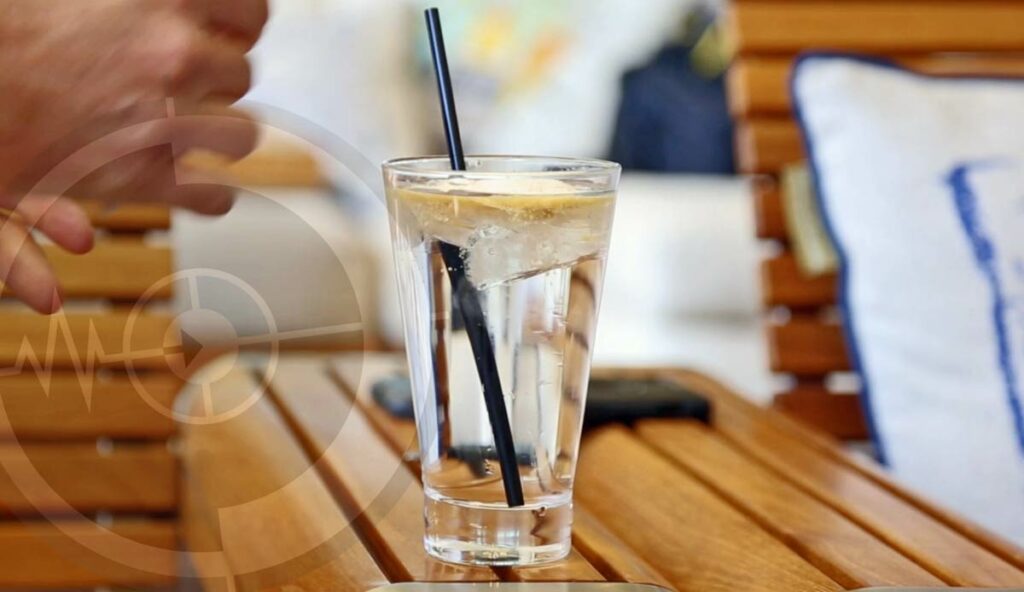
Thought Starters for Action Based Footage.
During a B-Roll brainstorm session, remember that relevancy matters – even if it’s a chirping bird in the background. If you happen to be filming a sporting event, don’t muzzle the sound of a referee’s whistle. Recognizable noises don’t have to be seen as a distraction. You don’t have to film the entire referee, but a split-second close-up of the whistle is easy to do. So zoom in on the blow and the stature of the action.
Taking people’s attention away from the action eliminates unnecessary pauses and awkward moments. It’s the little things that speak volumes and pull people into the actual setting. Catching an object (ball or a pen across the room), nonverbal, or facial reaction only adds flavor to the production. Even raindrops hitting the face, or a subject catching a snowflake on their tongue, shows a videographer’s keen ability to communicate detail. Showing and telling viewers what’s going on gives them a better understanding of the full picture.
Physical contact is another great way to detail relationships and the way people interact. Holding hands, touching a shoulder, side hugs, and general comfort levels can all be expressed via video. The way an individual adjusts their own apparel or fixes someone else’s tie can say a lot. The angles of these shots should also be considered. In short, intimacy levels are obvious from an observant vantage point. Every moment can elicit specific emotions.
Natural B-Roll Footage is My Favorite.
To me, walking around in nature (or the woods behind my office) gives me plenty of opportunities to capture amazing video content. It’s also a perfect place for a B-Roll footage brainstorm session. Every season provides a different setting that presents a unique perspective. Leaves, sticks, mud, snow all sound different when walked upon. How can you capture rainfall, streams, or water droplets falling from trees? What kinds of plants and animals are in the surrounding area? How can you incorporate these things with purpose?
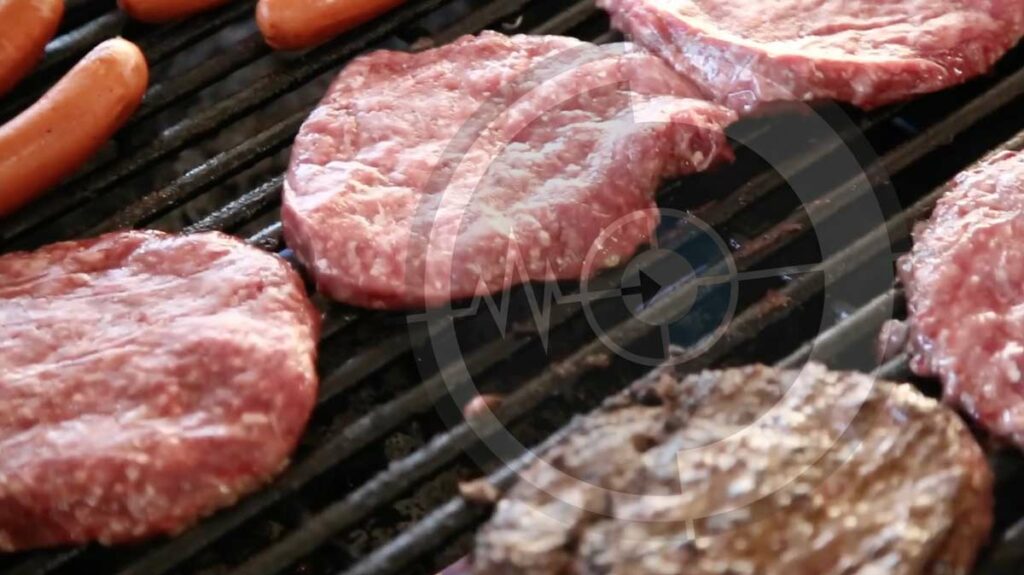
One of the easiest things you can film for B-Roll is the wind. Even though it’s invisible, moving air affects nearly everything around us. Swaying trees, runaway debri, hair, flags, kites all encompass the wind. The effect it has on people, animals or an activity itself also provides additional insight on the overall setting of the video. At the end of the day, a warm breeze is nothing like a cold gust of air. If you can hear water rushing in the background, then find it! What’s it look like? Where is the best angle? How can you skim across a stream or scale down a waterfall?
Understanding how to leverage sprinkling rain or a downpour also helps a videographer eliminate distractions. How does the rain interact differently when it hits the ground, surface of water, or an object like an umbrella? Is the main character affected by the water? What are they wearing that caters to the environment? Do the elements affect their demeanor? How can you communicate someone’s personality or fortitude in the moment? Instead of waiting for a sunny day, could the shower communicate something? If you’re filming indoors, can you still paint a picture from the outside?
Positioning Your Camera’s Focal Points.
Remember, perception is everything when it comes to video content. Whether you’re shooting from the ground level or above, an ability to encompass the scene in entirety is extremely appealing to viewers. It’s just like writing a story. You want to be as descriptive as you can so people will feel as though they’re a part of that moment-in-time. Talking at people with a lazy or cheesy presentation just isn’t as effective. If you want to execute a return, then captivate them with an original production. It’ll always speak louder than a predetermined script.
The angles at which you capture B-Roll footage are also advantageous. Aside from nature in general, what else is going on in the background? Are the skies clear or cloudy? Are you dealing with sunshine at noon? How can you incorporate dawn lighting or a colorfully forming sunset? What are some unique specs about the space you’re in or shooting in front of? What about the overall environment or geographical features in your area? Is there anything that stands out and how can you incorporate these things into the mission of your video?
If you’re filming one person, how are they interacting with their surroundings? What are they intrigued by and what builds the intrigue around them. If you’re having someone walk down a flight of stairs, how are they coming in contact with the railing? Are you able to get subtle audio if they’re wearing rings? What other elements might they run their fingers through? How are they positioning their hands and what does this communicate? There are so many things worth filming to add a little zest to your content.
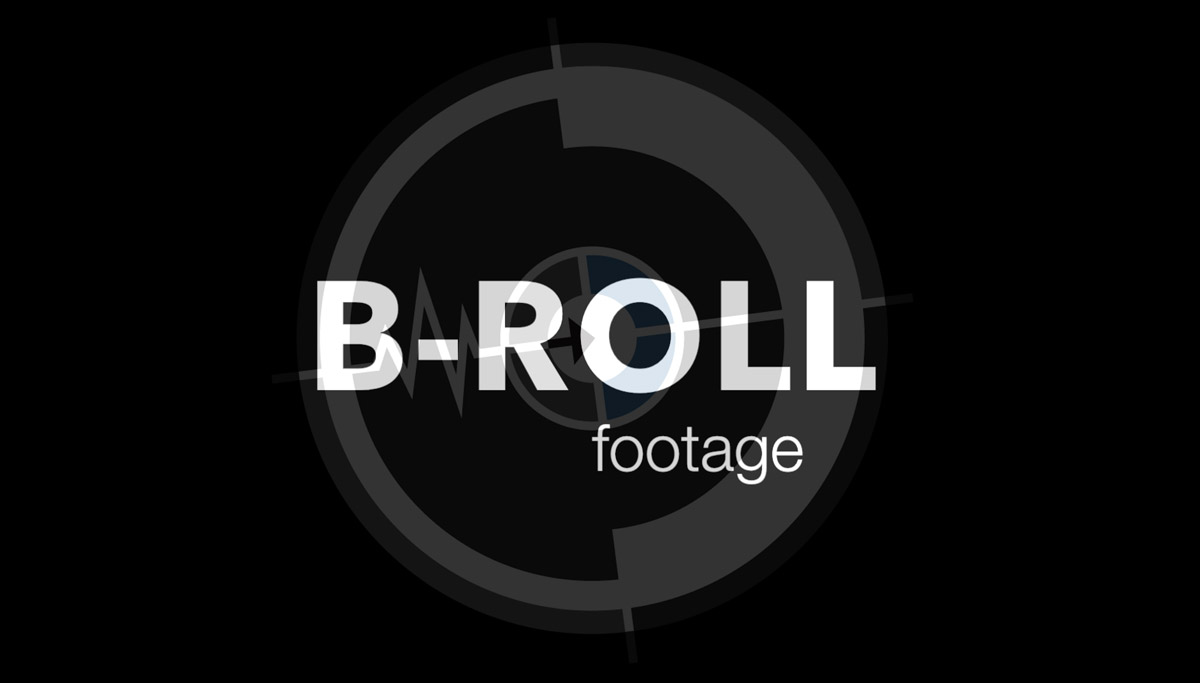
Examples of Brainstorming for B-Roll.
Before I wrap things up, I wanted to detail two simple settings to show you how simple it is to pull away from those you’re filming. I may not be as organized with my presentation here – but spitballing and unloading ideas is the whole point. Something will stick during any B-Roll brainstorm session.
1. Filming Video Inside a Vehicle.
In this type of scene, you might be shooting video of someone driving, people in the back seat, or just the car ride in general. Either way, there is enough to work with. You might feel limited or a little overwhelmed (in a tight space), but do your best to think outside the box. With that said, what’s going on outside of the car? Is the weather bad? How is it affecting the driver? Are they daytime driving or cruising at night? Can you see the stars? Is it a full moon that provides additional light? What about the terrain? Where are they going or coming from?
What do the tires look like spinning? Determine if certain elements are affect the rotation. What kind of tires are they, or what are they designed for? Are you traveling on gravel, a dirt road, the highway, rural, urban or neighborhood setting? What type of shape are the roads in? What about the paint job, body details, and engine? How does the vehicle sound as it’s passing by or as you trek along with it? Zooming in on the grill, manufacturer details, rust, sun spots, license plate and even bumper stickers say a lot about the owner.

Finding a Seat Inside the Car Ride.
Remember, perspective matters. So how are you able to encompass the vantage points of the passengers? Looking outside through the windows, windshield, sun roof, or rear view mirrors is a great place to start. From here, try to determine if other vehicles affecting the ride. An 18-wheeling or railroad crossing can be unexpected at times. Is there a lot of traffic or are you traveling on an open road? How does this affect everyone? The more ways you’re able to create a relatable setting, the better.
Once you’re inside, take a look at all of the features, gadgets and compartments of the vehicle. Like the rest of this B-Roll brainstorm session, what actions are taking place? Are there things being opened, closed, pushed or pulled? Does the vehicle have to shifted manually? What buttons are being utilized and what music is playing. What do all of these things sound like? What’s actually in the glovebox or console? There could be maps, magazines, snacks or random items stuffed behind or under the front seat. Are there TV monitors behind the head rests? If so, what movie is playing and why?
What is the Environment Itself Like?
The cleanliness of the vehicle also communicates quite a bit. Is there trash everywhere or dust on the dash? The belongings that passengers bring along also paint a picture of the trip itself. Do they have blankets and pillows along? Is the climate inside comfortable for everyone? Are people getting along? If not, what’s causing problems and how are they being solved? When the temperatures are freezing outside, are you able to capture frost around the windows? Is the sun shining in people’s eyes? Do they have sunglasses or a hat to block the rays?
At the end of the day, there is plenty to focus on inside of a vehicle. So don’t overthink things during your B-Roll brainstorm session. It doesn’t matter if you’re filming a simple conversation, travel experience or full blown documentary. Zooming in on the details will never let you down. Imagine what you can do in a much larger setting.

2. Shooting Footage at the Office.
An office setting may seem even more overwhelming. There are a lot more doors, drawers, compartments, handles and buttons to capture – not to mention designs, decor, furniture and rooms. But when you have a strategic shot list that make sense, the production process is a breeze. Try to be creative with the way you go about things. You don’t have to just focus on computer power buttons and keyboards. What about the buttons on drinking fountains, coffee makers or vending machines?
While the exterior of the building can help you create a quality intro, indoor B-Roll footage is what makes the space pop. Are there TV’s, whiteboards or projector screens in surrounding areas? Is there a lounge, break room or kitchen? What do each of these spaces entail? Quality furniture and equipment says a lot about the space. Is it comfortable, outdated, bland or exciting. How do people get along and who’s interacting? What’s the climate like? What do people love most and what embodies the energy of the space. All of the little things matter – especially if you’re trying to capture a culture and not just a space.
Purposeful B-Roll Footage Works.
When you’re able to pull away from the action and showcase the surroundings, viewers are able to stay engaged. If you’d like to schedule a B-Roll brainstorm session before shooting your next video, I’m always down to spitball. Either way, be purposeful with everything you do guys!

